One of the main reasons is to protect the tree's bark from a condition known as "sunscald." Similar to sunburn in humans, sunscald damages the tree's cambium layer, leading to dehydration and cracks in the bark. Once the bark splits, the tree becomes more vulnerable to pests, fungus, and disease. By painting the trunk white, the color acts as a sunblock, reflecting sunlight and preventing these issues. This practice is especially common in the winter when temperatures fluctuate between cold nights and warm, sunny days, making the bark more prone to damage.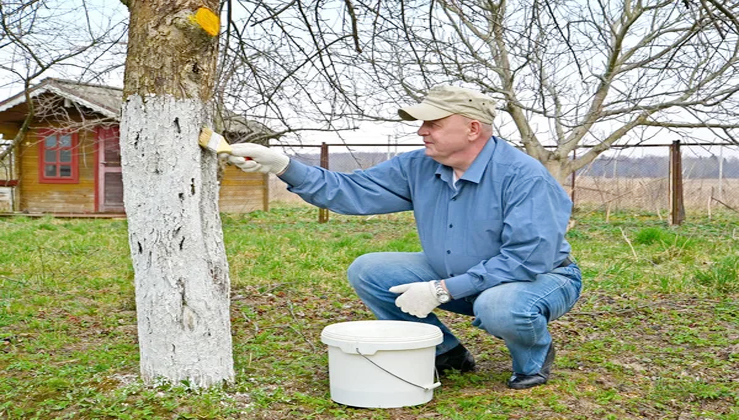
“This type of painting is typically done on thin-barked residential trees or orchards,” says Christopher Evans, a forestry and research specialist at the University of Illinois Urbana-Champaign. “The white color helps moderate the heating of the bark during the day and reduces the chances of sunscald injury.”
Without this protection, especially in fruit-bearing trees, the damage from freeze-thaw cycles can be severe. In extreme cases, it can even be fatal to the tree. A thick layer of latex paint or specially formulated coatings applied to the trunk acts as a protective barrier against harsh winter conditions.
Another reason for painting tree trunks is visibility. When trees are planted near roads or in areas with heavy traffic, the white paint makes them more noticeable to drivers, reducing the risk of accidents. “It marks the tree in an unobtrusive way,” explains Ken Fisher, assistant forester for the Boulder Parks and Recreation Department. “Many people don’t notice it, but it alerts our contractors which trees need attention.” In fact, some trees may have multiple paint marks, signaling their status to workers or indicating that they have been evaluated over the years.
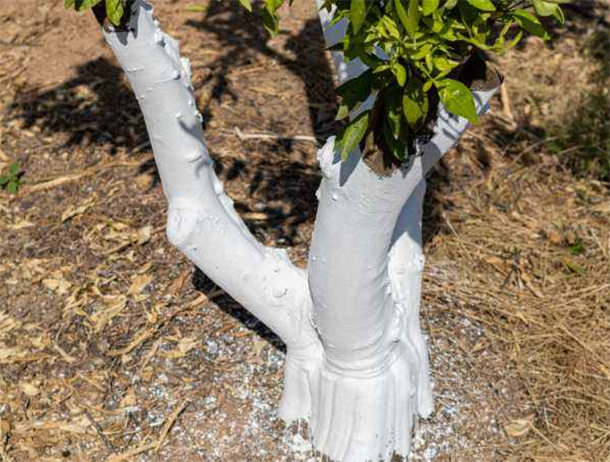
In forestry, paint is also used to identify hazardous trees, mark property boundaries, or highlight trees with special significance, such as those hosting endangered species. For example, trees with nests of the endangered red-cockaded woodpecker in the Southern U.S. are often marked with a white paint ring.
However, not all paint markings follow a universal code. "There aren’t any hard and fast rules for paint symbols in forestry," Evans says. "This can sometimes lead to confusion, as the meaning of symbols and colors may vary from region to region." In some cases, an "X" painted on a tree may mean it’s marked for removal, while numbers might indicate a tree count before harvesting.
If you want to paint your own trees, there are a few guidelines to follow. Avoid oil-based paints, as these prevent the tree from breathing properly. Instead, use water-based latex paint diluted with water at a ratio of one gallon of paint to four or five quarts of water. Organic-based paints are preferable, as they contain fewer additives that could harm the tree.
When applying the paint, a brush works best. Although white is the most common color used, you can choose a lighter shade if you prefer. Avoid dark colors, as they can absorb too much heat. Generally, one coat of paint is enough, but if you live in an area with extreme weather conditions, you may need to reapply the paint once a year.
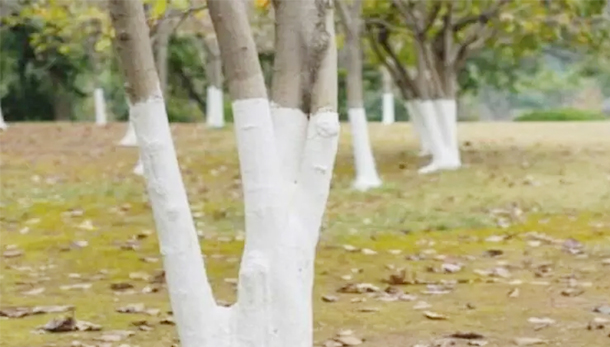
Protecting Trees by Painting Them White
Painting tree trunks white is a common practice that protects trees from sunscald, increases visibility, and marks trees for forestry management. Using diluted latex paint, homeowners and foresters help trees withstand harsh weather conditions and prevent sun damage.
Reasons for Painting Tree Trunks White
Protection from Sunscald
Sunscald can cause severe damage to a tree’s bark, leading to cracks and increased vulnerability to pests and disease. Painting the trunk white helps reflect sunlight and prevent overheating, especially in winter.
Enhanced Visibility
White-painted trunks make trees more visible to drivers, reducing accidents in areas where trees are planted near roads or walkways.
Forestry Marking
In forests, white paint is used to mark hazardous trees, property boundaries, and trees of ecological significance, such as those housing endangered species.
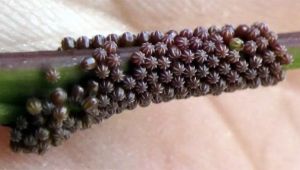


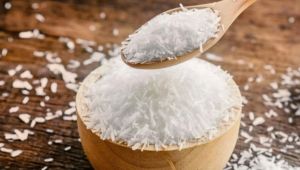



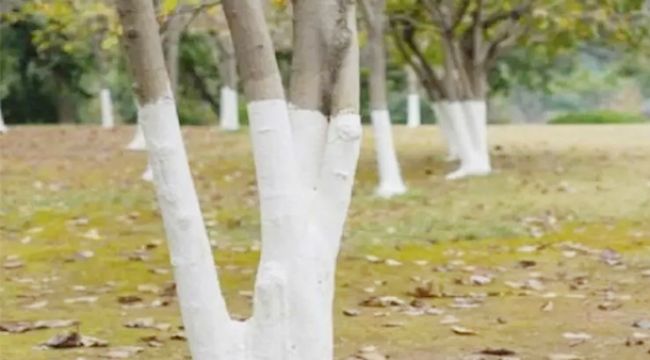

















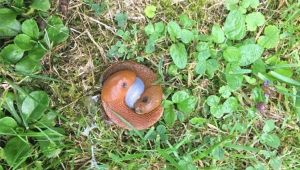


COMMENTS